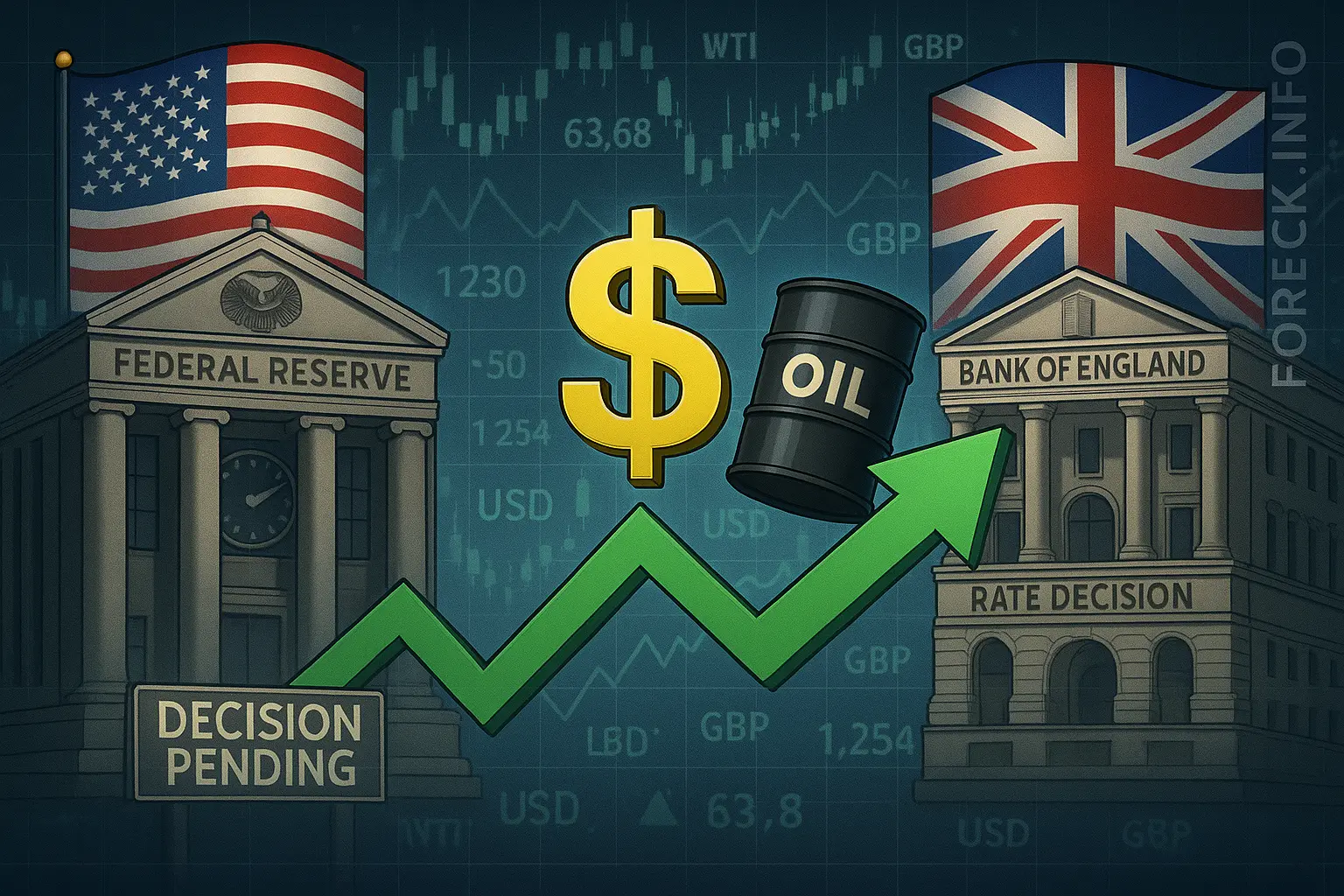Domestically, the US economy continues to struggle with persistent labor market and real estate headwinds, further complicated by ongoing trade disputes. Market attention is now focused on the Federal Reserve’s policy decision due tomorrow at 20:00 (GMT+2). While CME FedWatch Tool places the odds of holding the federal funds rate at 4.25–4.50% at nearly 100%, investors are eager for clearer guidance from Fed Chair Jerome Powell regarding the timeline for rate cuts—at least two reductions are anticipated by year-end.
Eurozone
The euro is outperforming both the pound and yen, but trending lower against the dollar. The positive sentiment is fueled by robust forecasts from the ZEW Center for European Economic Research: Germany’s June current conditions index is expected to improve from -82.0 to -72.0, while the economic sentiment index could nearly double to 47.5, echoing the results seen in March. Across the broader EU, the index is also projected to rise, with ZEW pricing in a likely US-EU trade resolution ahead of the July 8 deadline.
Tomorrow at 11:00 (GMT+2), euro-area inflation data takes center stage. Consensus expects May’s consumer price index to hold at 1.9%, reinforcing expectations that the ECB could deliver another rate cut this year if inflation remains subdued.
United Kingdom
Sterling is declining against the euro, yen, and dollar as traders digest news of a landmark trade agreement between the US and UK. Prime Minister Keir Starmer and President Trump reportedly signed a deal at the G7 summit that will see aerospace components shipped to the US duty-free, while car exports up to 100,000 units will be subject to a 10% tariff.
All eyes turn to tomorrow’s inflation print at 08:00 (GMT+2), with consensus anticipating a cooling in the annual CPI from 3.5% to 3.3%. The Bank of England’s rate decision follows at 13:00 (GMT+2); current forecasts expect the policy rate to remain at 4.25%, with seven of nine committee members expected to support a hold.
Japan
The yen is showing strength against sterling but continues to weaken versus both the euro and the dollar. The Bank of Japan maintained its policy rate at 0.50% and announced it will slow the pace of JGB purchases from 2026, trimming quarterly bond-buying to ¥200 billion from the current ¥400 billion. Officials are signaling a more cautious outlook, citing softening global growth and the adverse effects of US tariffs. Tomorrow’s trade data is forecast to show exports down 3.8% and imports falling 6.7%, which would widen the trade deficit to ¥893 billion.
Australia
The Australian dollar is gaining ground versus the US dollar, yen, euro, and pound. Despite resilient price action, the macro backdrop remains challenging, with new US tariffs set to take effect from June 23. The White House will expand the range of goods—steel, major appliances, and more—subject to 50% tariffs, up from the current 10%, impacting Australia’s export competitiveness. Market volatility may pick up on Thursday at 03:30 (GMT+2) with the release of May’s labor market data, but no major deviations from April’s levels are expected.
Oil
Crude prices are rallying, moving toward the $74.00 mark after reports of three tankers catching fire off Iran’s coast in the Gulf of Oman—no official cause has been reported. The proximity to the conflict zone has heightened fears of possible disruptions to oil flows through the Strait of Hormuz, one of the world’s critical chokepoints for energy shipments. Several energy carriers have announced suspensions of operations in the region pending further clarity.
Later today, at 22:30 (GMT+2), the American Petroleum Institute will release US oil inventory data. Analysts expect a drawdown for the third consecutive week, this time by roughly 600,000 barrels.

